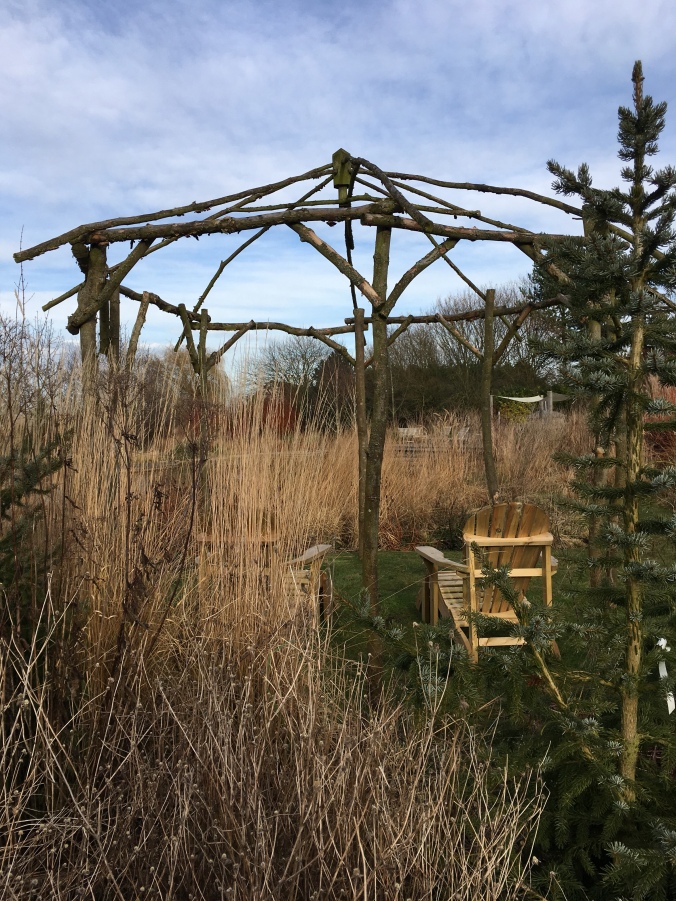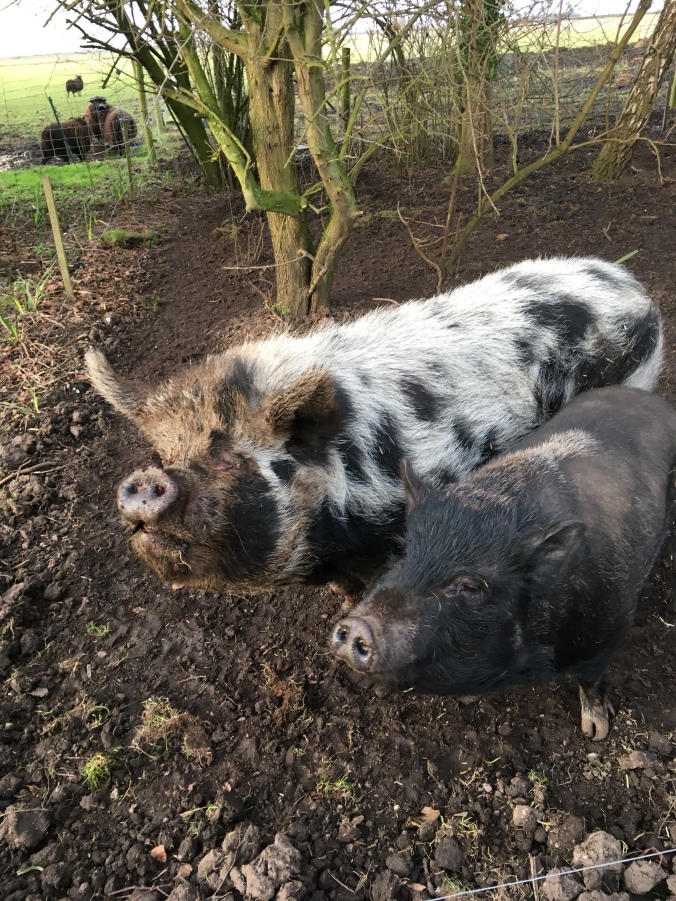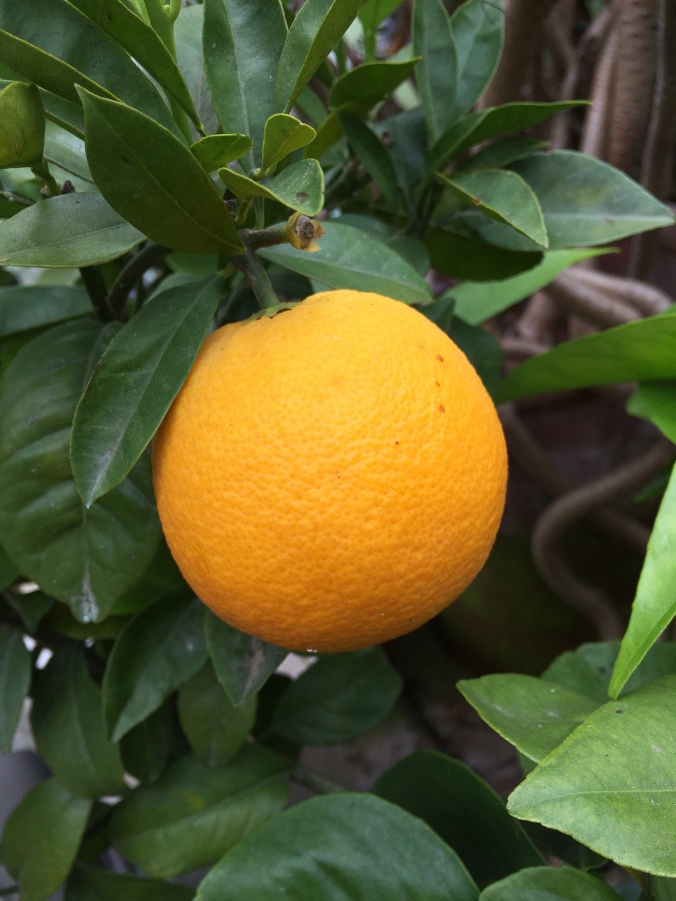
There’s nothing more cheerful than turning up at a favourite garden to find everyone happy and smiling. This week I visited Holme Pierrepont Hall to find the owners and gardeners busy with renovation plans. Funds from a Heritage Lottery grant and the Country Houses Foundation means work can start on restoring garden walls which date back to the 16th century.

The funding will also enable research into the site’s history. During my tour of the gardens, I learned the topiary courtyard once housed aviaries for tropical birds, and a monkey house in the centre. I can’t wait to see what else is revealed when historical documents are studied by experts.

Built in 1500, the hall is thought to be the oldest brick building in Nottinghamshire and is still lived in by descendants of the Pierrepont family. Three generations of the family live here now, Robin and Elizabeth, Robert and Charlotte and their children Oliver and Cicely. Elizabeth, whose great grandmother was Lady Mary Pierrepont, moved here in 1969 and undertook some major restoration work in the house and garden. Today, the new conservation work is being led by Robert and Charlotte. And their enthusiasm is catching. It’s easy to get caught up in the optimistic atmosphere at Holme Pierrepont. They love their home, and genuinely enjoy sharing it with visitors. It’s heartening to hear plans to open on more days in the future. Currently the house and garden opens Sunday to Wednesday, February and March, and Sundays in April, 2-5pm. (Closed Easter Sunday). New for this year, there’s additional garden open days in May and June. Dates and times are on the website http://www.holmepierreponthall.com

As well as the courtyard, the hall is famous for its Spring Walk, featuring daphne, hamamelis, rhododendrons and acers, underplanted with hellebores, primula and masses of early bulbs. To help visitors identify the varieties, a guide has been produced and new signs installed in the garden.

Scent is important in the garden and mature hamamelis and daphnes are fabulous at this time of the year. This one is Daphne Jacqueline Postill.

There are several Hamamelis planted alongside the pathways. Hamamelis mollis, Diana and Westerstede, (pictured below) among them. It’s good to have a guidebook and new signs to be able to identify them correctly.

Snowdrops, these pictured below, are Galanthus Sam Arnott, are looking spectacular at the moment in the spring garden, and also in the Woodland Walk.

New signs direct you through the old walled orchard and on to the woodland where there’s also large drifts of wild Tulipa Sylvestris. These have been growing in the grounds since the 17th century. They were apparently first planted in the main garden, and then seemingly “thrown out” in to the woodland – where they’ve thrived.

It’s a peaceful walk, amongst the Jacob sheep, now occupying the walled orchard. There’s a possibility in the future these kitchen gardens might be restored.

The old walls curve around the orchard at the back of the hall. So many layers of history in those beautiful red bricks. I’d love to know what the research reveals about them.

There’s a circular walk around the woods, which were opened up to visitors in 2011. You’ll find evidence the family’s young children enjoy this space. There’s various dens and piles of sticks and vegetation made into bug hotels and wildlife habitats.
It’s inspiring to meet the gardeners and volunteers ( pictured below) and all the other experts working on the restoration project. Their enthusiasm and obvious love for this special place is evident. I was pleased to hear students from Brooksby College will be involved in the scheme, and will be learning conservation brickwork skills. I’m in favour of passing traditional skills on to young people. And opportunities like this are all too scarce today.


Until 29th April, visitors can view an art exhibition at the hall, made possible by the new funding. There are paintings by the last Countess Manvers, Marie-Louise Pierrepont, and also a relative, Georgina Brackenbury. Georgina, a militant suffragette, is renowned for her painting of Emmeline Pankhurst which hangs in the National Portrait Gallery, London. You can learn more about the exhibition at http://www.holmepierreponthall.com/georgina-brackenbury/.
Many thanks to Robert and Charlotte for inviting me to visit the hall and for taking the time to explain the plans. It’s an exciting time ahead and I wish them all the very best with their conservation project, preserving the garden for future generations- and visitors as well.
Contact details: http://www.holmepierreponthall.com e.mail: rplb@holmpierreponthall.com Tell: 0115 9332371






































































